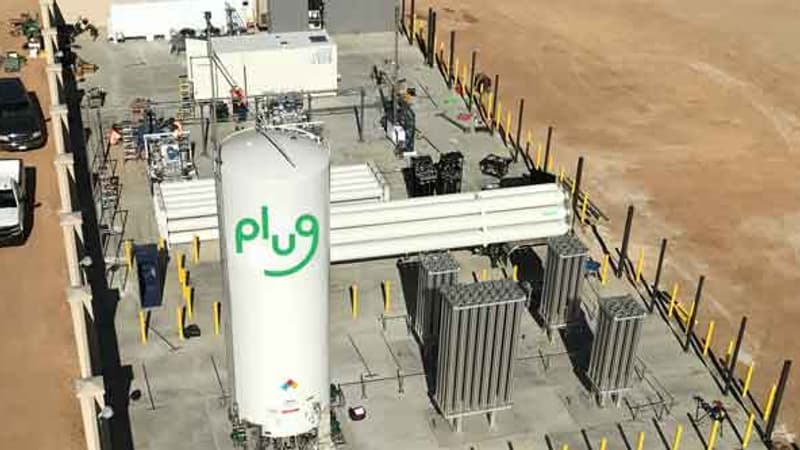The American group of electrolysers Plug Power plans to build three green hydrogen plants in Finland, to decarbonize the industry while integrating into the European “backbone” that is currently being set up around 31 gas transportation network operators from the Old continent.
The three plants will be built in Kokkola for the production of green ammonia, in Kristinestad near a former coal factory for the production of reduced iron briquettes used in the production of green steel, and in Porvoo to supply local mobility and export to Europe. Western. says a statement from Plug Power.
The group did not reveal the total amount of the investment, but its executive vice president for Europe, Benjamin Haycraft, stressed that Plug will have invested “more than 300 million euros in Europe between mid-2021 and the end of mid-2023.”
850 tons of green hydrogen per day
To produce green hydrogen without emitting CO2, it is necessary to electrolyze water (H2O), separating the oxygen and hydrogen molecules with electricity that must be decarbonized, wind, solar, hydroelectric or nuclear, and not from fuels fossils such as coal or gas.
The three plants equipped with Plug electrolysers will produce 850 tons of green hydrogen per day, or 2.2 gigawatts of electrolysis capacity by the end of the decade, the US group said. Or “almost 5% of the RePover EU plan that aims to produce 10 million tons of renewable hydrogen in Europe by 2030,” the press release underlines.
The final investment decision will be made “by 2025-2026,” he said. The sites are expected to generate 1,000 direct jobs and more than 3,000 indirect ones, Plug said.
For the financing, the US group has partnered with industrial and financial partners, in particular Hy2Gen, developer of renewable projects for hydrogen, ammonia and e-fuels, backed by the investment fund dedicated to hydrogen Hy24.
For the direct reduction iron ore plant in Kristinestad, Plug has partnered with GravitHy, an industrial company dedicated to the decarbonization of steel that has an equivalent project in Fos-sur-Mer, France.
Source: BFM TV


